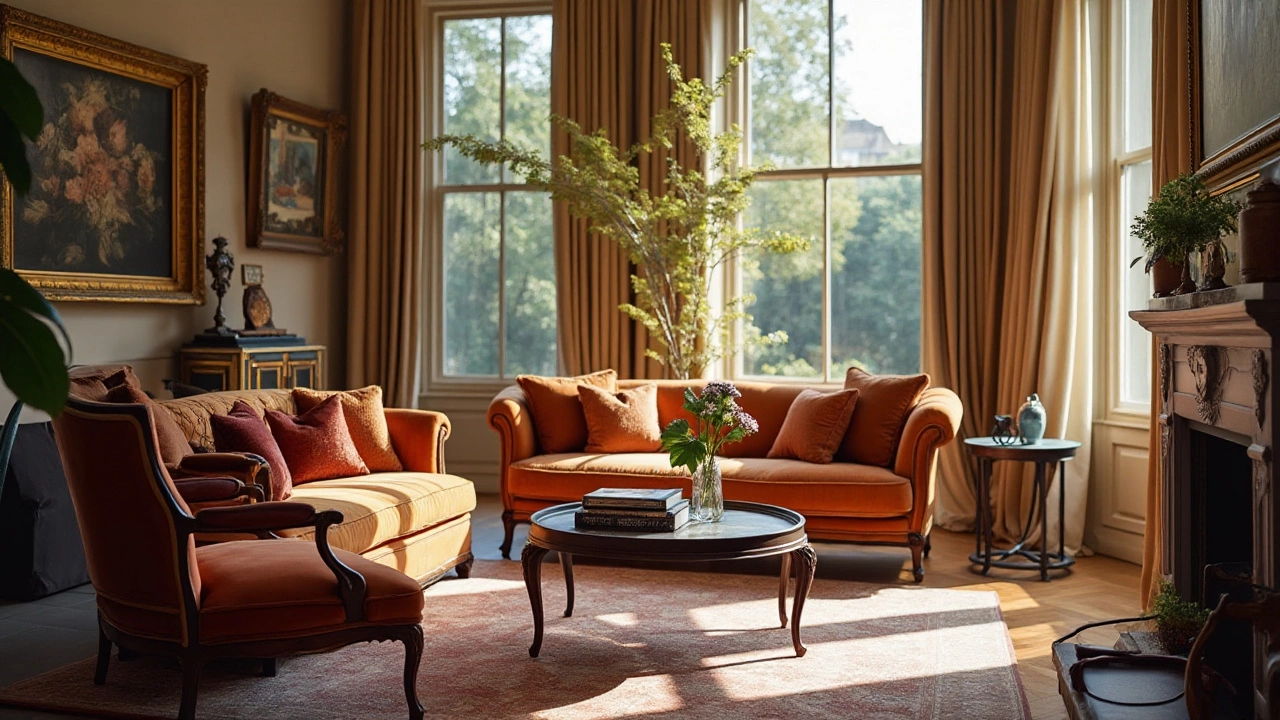Sofa Investment: Make Your Couch Work for You
When you spend money on a sofa, you want it to look good and hold up for years. Treating a sofa like an investment means thinking about durability, comfort, and resale value before you click ‘add to cart.’ Below are the practical things to watch so your couch earns its price tag.
Pick a Frame That Stands Up to Life
The frame is the skeleton of the sofa. A solid hardwood frame, especially oak or beech, resists warping and can handle daily use. Avoid cheap particle‑board frames – they squeak and break under weight. Look for tenons, dowels, or mortise‑and‑tenon joints; those are signs the builder cared about strength. If you have kids or pets, a reinforced edge and sturdy legs will keep the sofa upright after years of jumping.
Choose Upholstery That Lasts
Fabric choice matters just as much as the frame. High‑density foam cushions keep their shape, while low‑density foam flattens fast. For cloth, look for woven fibers like cotton‑linen blends or performance fabrics that resist stains. Leather can be a great investment if you’re ready to treat it – it ages beautifully and is easy to wipe clean, but cheap leather may crack. Check the rub‑test: rub a hidden spot with your thumb; if the color fades, the material isn’t top‑grade.
Maintenance is part of the investment plan. Rotate cushions every few weeks to even out wear. Spot‑clean spills immediately with a mild soap solution – the longer a stain sits, the harder it is to remove. Use a fabric protector spray on cloth sofas to add a barrier against spills.
Another hidden cost is the sofa’s style. Classic, timeless designs stay in demand longer than ultra‑trendy pieces. A neutral color palette and clean lines make the sofa easier to pair with future décor changes, protecting your resale value if you ever decide to sell.
Don’t forget the warranty. Quality manufacturers often offer a 5‑year frame warranty and a 2‑year upholstery guarantee. Those numbers signal confidence in the product’s longevity. Keep your receipt and take photos of the sofa when it arrives – that speeds up any future claim.
Finally, think about where you’ll use the sofa. A corner sofa in a large living room needs different support than a small loveseat in a studio. Measure your space and plan the sofa‑to‑TV distance (about 1.5 times the screen size works well) to avoid uncomfortable viewing angles that could shorten the sofa’s life through constant shifting.
In short, a smart sofa investment mixes a strong frame, durable upholstery, easy care, and timeless style. By checking these boxes, you’ll get a couch that looks fresh, feels comfortable, and holds its value for years to come.
Is Investing in a High-End Sofa Worth the Price?
When it comes to investing in a sofa, price often reflects a combination of factors such as materials, craftsmanship, and design. Deciding whether to spend a significant amount on a sofa involves considering its long-term value, comfort, and style adaptability. High-end sofas may offer a blend of aesthetics and durability, but finding the balance between budget and quality is essential. Explore the advantages and drawbacks of splurging on a sofa to make an informed choice. Discover practical tips for ensuring your investment meets your lifestyle needs and stands the test of time.
More
